It was a pretty exciting day here at Pete’s Prepper Property. The suppressor I ordered back in January 2021 finally arrived. Yes, 17 months later, it is here.
I doubt I have many readers who go that far back in time, so let me recap. I had always wanted a suppressor. President Biden had been elected but not yet sworn into office. I decided I had better act before he got in there and pulled a fast one, somehow prohibiting the manufacture, sale, or transfer of suppressors.
Since I live in one of the 34 states that allows hunting with a suppressor, and because I have a .300 blackout and a decent supply of subsonic ammo, I went with a .30 caliber suppressor.
I should note that mounting a .30 caliber suppressor on a 5.56 gun will lower the decibels, but a suppressor designed for that caliber is usually more effective. Since the biggest bore rifle I have is a .308, that means my new suppressor will work on all my rifles.
I did some research, watched a bunch of YouTube reviews, talked to guys I know who own suppressors, spoke to my friend who was a police armorer and trainer before retirement, looked at my bank balance, and I ended up buying the Banish 30 from Silencer Central. My police buddies swore by the SureFire, but it was more expensive and I wanted one that was user serviceable. I also went with a screw-on suppressor rather than a quick attach. I may live to regret this decision, but all but some rimfires have threaded barrels that can accept this suppressor. This would not be the case if they needed an additional (and not inexpensive) flash hider/quick attach.
A Long Wait
I bought the suppressor. I filled out and submitted the paperwork and paid for the tax stamp. Then I submitted my fingerprints. And then I waited. And I wanted some more. Months passed. A year passed. I got nervous. What could possibly be wrong? I’ve undergone background checks before. I have a CCW. Why weren’t they approving my NFA item? And then, finally, 17 months after I signed the first document, I got an email stating the BATF had approved my application. Then it took another two weeks to ship.
Now I could have been faster turning around my fingerprints, but it still took a long time. I don’t blame Silencer Central; I blame the BATF. I should note, however, that you can now file electronic forms for NFA firearms and the processing is supposed to be much faster.
Getting Started
I’ve only fired pistol caliber weapons with suppressors, so I was excited at the prospect of firing both supersonic and subsonic ammo through this one. I open up the gun safe to grab my AR-pistol with a 10.5-inch .300 blackout barrel. Time to take off the flash hider and screw on the suppressor.
Ah, that last sentence made it sound so easy. It was anything but.
First, I noted that the handguard on my pistol is almost as long as the barrel. I began to question whether the suppressor will screw on to the barrel without bumping into the handguard. The suppressor is larger in diameter than the handguard, so it will not fit inside it (which would have been cool). However, the suppressor mount seems to be graduated, so there is a possibility it will fit. Of course, to test it, I needed to remove the flash hider.
Impromptu Gunsmithing Required
I go right to my box of gunsmithing tools; I pull out my bag of Wheeler tools, which includes an AR-15 wrench, and congratulate myself on being organized and able to find everything so quickly. I close up the box and slide it back on the shelf. Then I return to the gun, only to find that the wheeler wrench won’t fit because there is a laser mounted on the fore end of the gun.
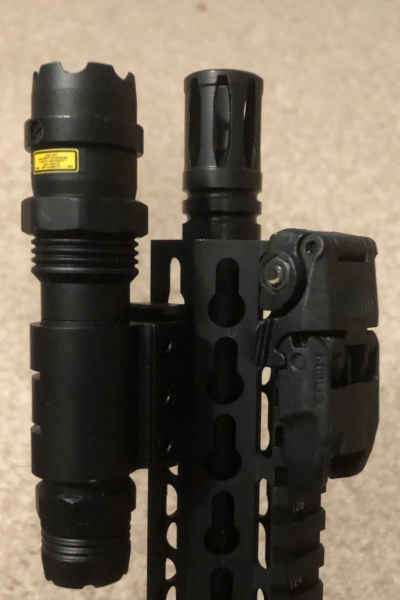
To remove the laser mount, I have to remove three hex nuts. No problem, I have a nice set of allen wrenches handy. I whip it out and find that it is neither a 3/32s nor a 7/64ths, but somewhere in between. Damn. Apparently, my cheap Chinese-made laser is metric. Now I have to find my set of metric allen wrenches. That means digging into my gunsmithing tools again. So I fetch down the box and root through it, finding all sorts of neat things like scope rings, optics mounts, punch sets, spring kits, long pipe cleaners intended to clean a gas tube clean, spare triggers, a screw-on handle for a flat top AR, spare stocks, and at least, the metric allen wrenches.
It turns out the hex nuts take the wrench labeled 2-3. My guess is that is a 2.3 mm wrench. All I know is it fits. I remove the laser. Now, I think to myself, we are making progress.
That’s when I learned that the robust AR-15 combo wrench is too big and meaty to fit on the flat portion of the flash suppressor. The handguard is sticking out too far, blocking access, which harkens back to my original problem. Damn! I try another wrench I found while looking for the allen wrenches. Also a no go. I need a cheap, thin wrench. Or a shorter handguard.
What Next?
Although I was enjoying my impromptu spurt of gunsmithing, it was frustrating my desire to test fire the suppressor. Getting a new suppressor and keeping it in the box is like getting your new car delivered and not taking it out of the garage. I wanted to at least drive around the block.
At this point, my options are to:
- See if an open-ended wrench in my workshop fits.
- Stick something through the slots in the flash hider and torque it off, potentially damaging it. (Tempting!)
- Remove the handguard. (I built this gun from the receiver up; I ought to be able to un-build it.)
- Try a different gun
I took option four because it seemed the easiest at this point. I have a .300 Blackout rifle with a 12-inch handguard. The wrench fit on its flash hider just fine. I unscrewed the flash hider, screwed on the suppressor, went out into my driveway and test fired it. Pew, Pew, Pew. Nice!
Review
It is impressively quiet with the 220 grain subsonic ammunition. For example, if my nearest neighbor heard anything at all, I doubt he would equate it with gunshots.
So that’s it. The suppressor is (finally) here. It works as advertised. Now I have to live with it for a while, put some more rounds downrange in a controlled environment. Try it as both the 7-inch and 9-inch lengths. See if it affects my point of aim. Try it with supersonic ammo. I also want to put it on a .308. More importantly, I want to figure out how to fit it on my AR pistol, which is the platform I had in mind when I bought it. It would hate to have to buy an 8-inch handguard, but it would give me a chance to replace the keymod model with an M-Lok, which I prefer. Alternately, I guess I could buy another .300 BO pistol upper. If I’m going to do that, I might as well build a whole new gun…
I just downloaded an app that turns your phone into a sound meter that gives decibel readings. Granted, it’s not a scientific instrument, but I am hopeful it will be sufficient to run some comparison tests.
I’ll try to report back in mid-August with a more in-depth review of the suppressor and the Devour suppressor cover I bought with it. The cover not only protects your hands from a hot suppressor, but is supposed to reduce the sound an additional 20 percent. Whaaat? Is that even possible? I guess we’ll see.

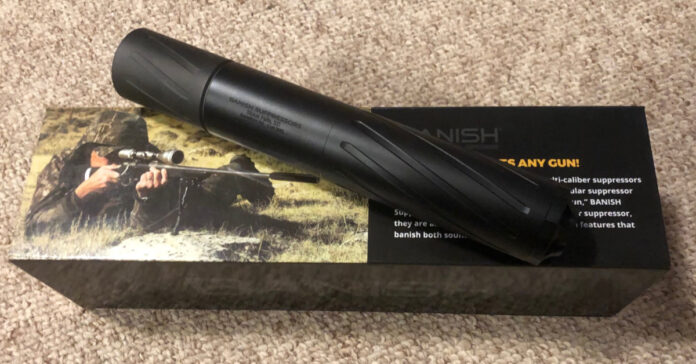
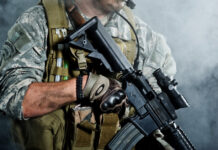
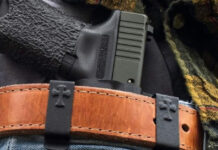
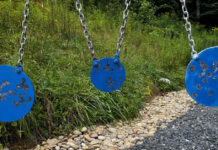
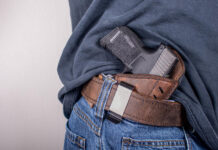
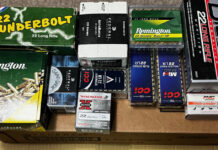
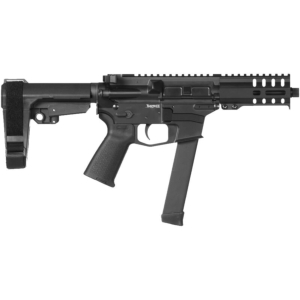

Great article and I can relate to some of the challenges. Your laser probably came with allen wrenches. I save the boxes for all sights and lights and either keep related tools in the boxes or color code the tools to go with the devices. My red dot has red paint marks on the tools. My red/green/blue selectable color dot has blue marks on its tools, etc. Some of the allen wrenches seem to be the same size with multiple accessories so I think there are only really about four common sizes. Home Depot has some nice sets of sae and metric allen keys that stay together in their different colored holders.
On flash hider wrenches, my Wheeler armorer’s wrench is too fat for some of the flats behind flash hiders. A decent quality open end wrench works. Can’t remember the size, 3/4 inch maybe? What I lack right now is a decent fixture to hold the barrel so I don’t risk twisting and damaging it while cranking off the barrel-end accessory.
Tool tip: for driving out pins, don’t overlook the value of small wooden dowels and chopsticks, which can knock out pins without scratching. Plus, you can cut, sand, or whittle them to just the right size. Not durable but very useful on all kinds of gadgets that have fairly easily removable pins. The pointy end of a kabob stick is also good for cleaning dirt out of hard to reach areas. You can also wrap a small bit of rag around a stick to use as a swab, also nice for recessed areas in magazine wells or near fire controls. Thanks for being out there.
Comments are closed.